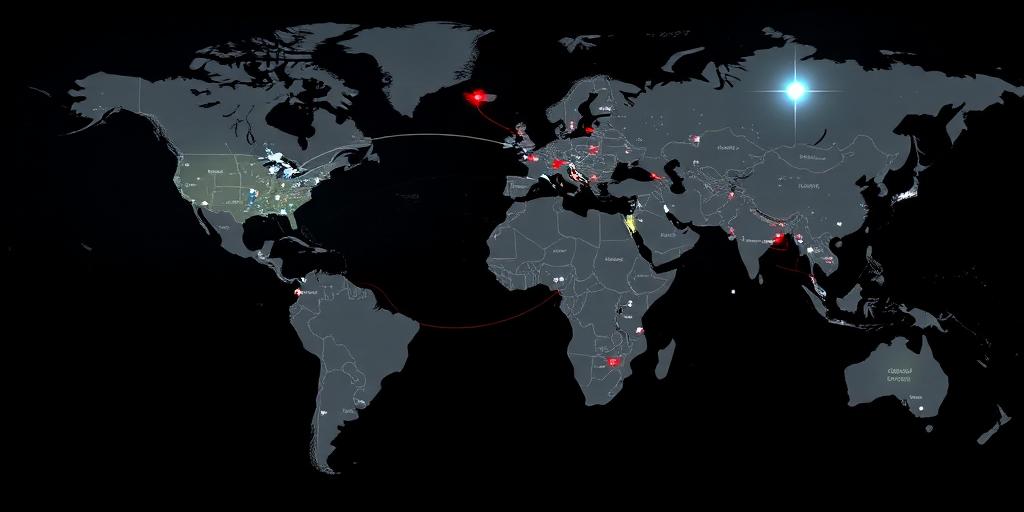The Evolving Landscape of Humanitarian Intervention
Humanitarian intervention, defined as military intervention in another country without the approval of its government, with the primary goal of alleviating human suffering, has been a contentious subject in international relations for decades. As we look to the future, several factors are reshaping the landscape of such interventions, requiring a re-evaluation of its principles, practices, and potential.
The Shifting Geopolitical Order
The rise of multipolarity and the diffusion of power away from traditional Western actors is significantly influencing the dynamics of humanitarian intervention. Emerging powers, such as China and India, often prioritize state sovereignty and non-interference, presenting challenges to the legitimacy and acceptance of interventions initiated by Western states. This shift necessitates a more inclusive and multilateral approach, where decisions are made collectively, and actions are endorsed by a broader range of countries.
The Impact of Technology
Technology is playing an increasingly important role in both enabling and complicating humanitarian interventions. Drones, satellite imagery, and data analytics can provide real-time information about conflict zones, humanitarian needs, and human rights abuses, improving the effectiveness and precision of interventions. However, technology can also be used to spread disinformation, manipulate public opinion, and undermine the legitimacy of interventions.
The Rise of Non-State Actors
Non-state actors, such as terrorist groups, criminal organizations, and private military companies, are becoming more influential in conflict zones, posing new challenges for humanitarian intervention. These actors often operate outside the bounds of international law and humanitarian norms, making it difficult to protect civilians and deliver aid. Interventions must, therefore, adapt to this complex and fluid environment, incorporating strategies to engage with and mitigate the impact of non-state actors.
The Climate Crisis
The climate crisis is exacerbating existing humanitarian challenges, such as displacement, food insecurity, and resource scarcity, creating new drivers of conflict and instability. Climate-induced disasters may overwhelm the capacity of states to respond, potentially necessitating humanitarian intervention. However, such interventions must be carefully planned and executed to avoid further environmental damage and to address the underlying causes of climate change.
The Ethical Considerations
The future of humanitarian intervention requires a renewed focus on ethical considerations. Interventions must be guided by the principles of impartiality, neutrality, and humanity, ensuring that assistance is provided to all those in need, regardless of their political affiliation or other characteristics. Furthermore, interventions must be conducted in a way that minimizes harm to civilians and respects their dignity and rights.
Long-Tail Keywords
- Future of humanitarian intervention challenges
- Ethical considerations in humanitarian intervention
- Technology impact on humanitarian intervention
- Climate crisis and humanitarian intervention
Conclusion
The future of humanitarian intervention is uncertain, but it is clear that the landscape is changing rapidly. To be effective and legitimate, interventions must adapt to the shifting geopolitical order, embrace the potential of technology, address the challenges posed by non-state actors, respond to the climate crisis, and uphold the highest ethical standards. Only through a comprehensive and collaborative approach can humanitarian intervention contribute to a more just and peaceful world.









